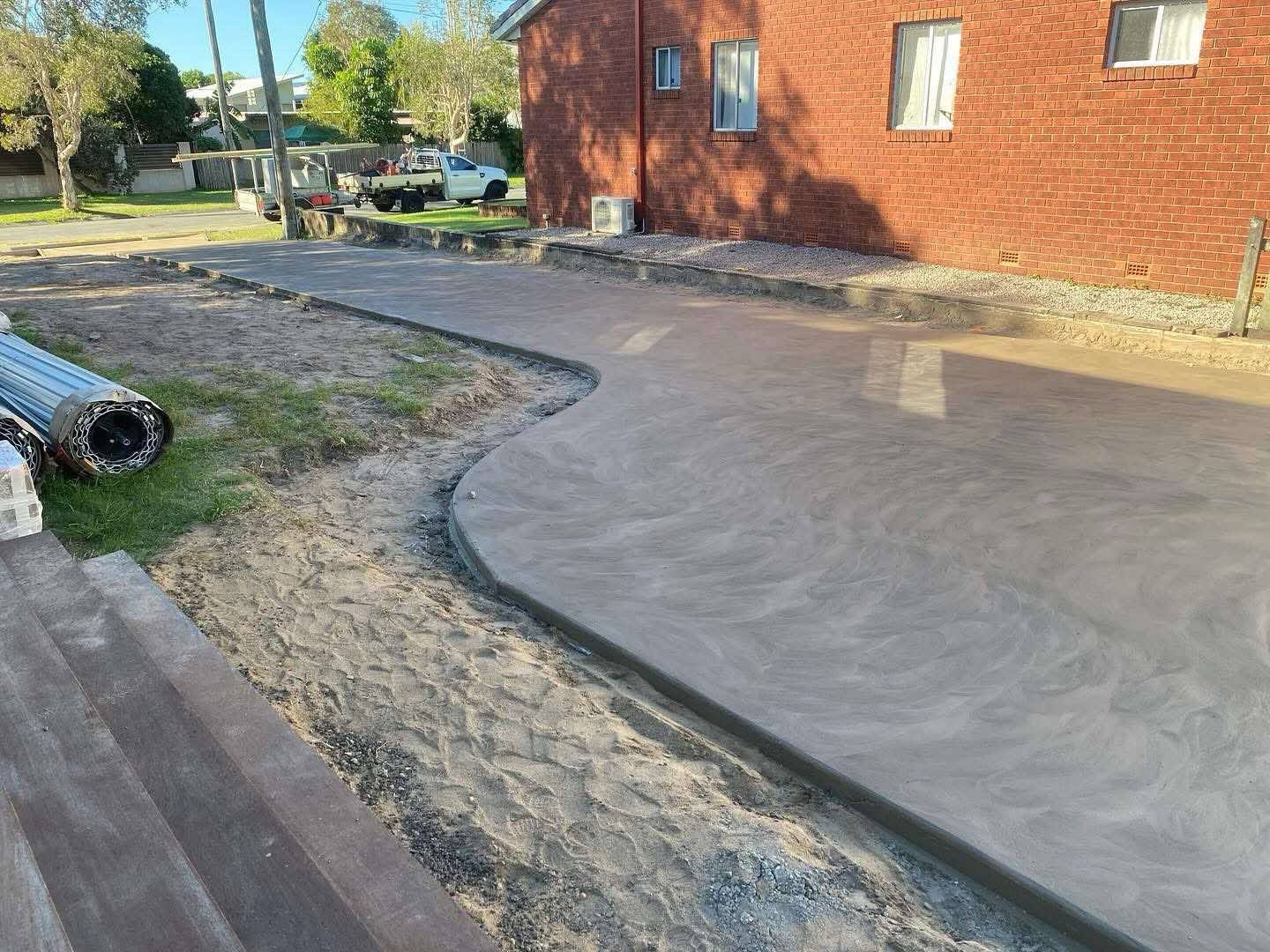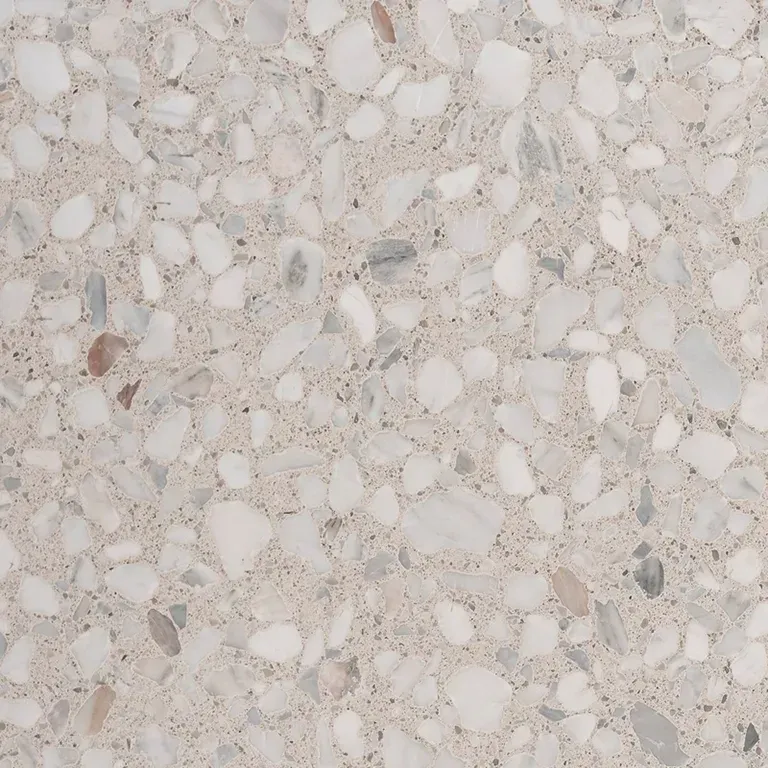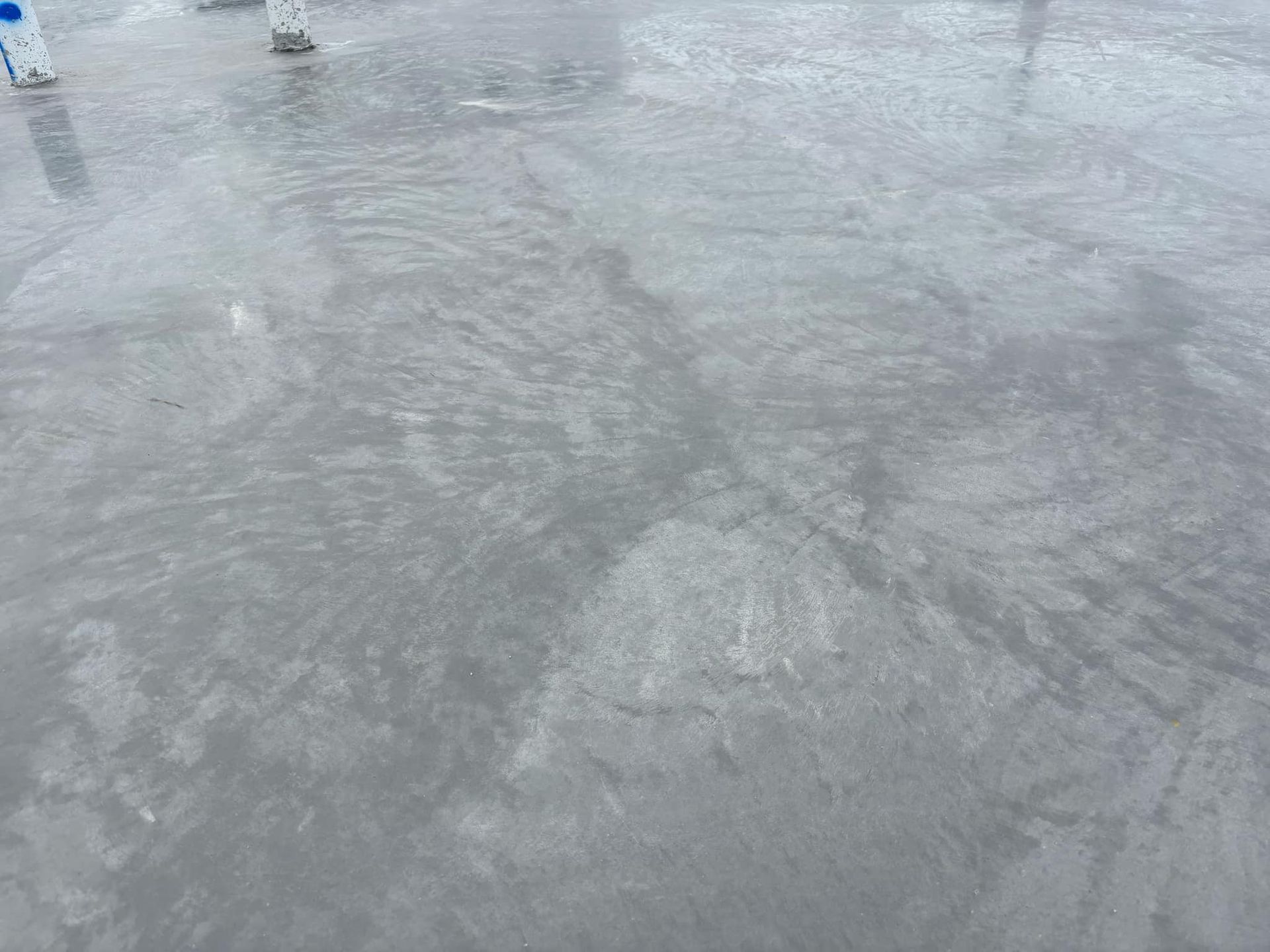Floating Concrete Steps: Everything You Need To Know
Floating concrete steps are a striking architectural feature that adds a modern, minimalist aesthetic to any property. Their sleek design creates the illusion of steps suspended in mid-air, offering both functionality and visual appeal.
This guide will walk you through everything you need to know about floating concrete steps—from their design and construction to maintenance and benefits.
What Are Floating Concrete Steps?
Floating concrete steps are cantilevered structures that appear to hover above the ground without visible support. This illusion is achieved by anchoring each step securely, often into a wall or hidden framework, while concealing the supporting elements. The result is a clean, contemporary look that enhances the overall design of both residential and commercial spaces.
How To Build Floating Concrete Steps
Constructing floating concrete steps is a complex process that requires meticulous planning and execution. Here's an overview of the key steps involved:
1. Design and Planning
- Assessment: Evaluate the installation site, considering factors like soil stability, load-bearing requirements, and integration with existing structures.
- Design: Develop detailed plans outlining the dimensions, spacing, and alignment of each step to ensure consistency and safety.
- Structural Planning: Determine the support method—commonly cantilevered from a structural wall or supported by concealed steel frameworks—to achieve the floating effect.
2. Materials and Preparation
- Materials: Select high-strength concrete mixes and reinforcement materials such as steel rebar or mesh to ensure durability.
- Site Preparation: Clear and level the installation area, ensuring a stable foundation. Install any necessary footings or support structures as per the design specifications.
3. Building the Framework
- Formwork: Construct sturdy moulds (formwork) to shape each step. Precision is crucial to maintain uniformity and achieve the desired floating appearance.
- Reinforcement: Place steel reinforcement within the formwork to enhance structural integrity and distribute loads effectively.
4. Pouring the Concrete
- Mixing: Prepare the concrete mix according to the manufacturer's guidelines, ensuring consistency and workability.
- Pouring: Carefully pour the concrete into the formwork, eliminating air pockets and ensuring complete coverage around the reinforcement.
- Finishing: Level and smooth the surface of each step, applying the desired texture or finish to match the overall design aesthetic.
5. Curing
- Initial Curing: Allow the concrete to set for the recommended period, typically 24 to 48 hours, to achieve initial strength.
- Full Curing: Maintain appropriate moisture levels during the curing process, which can take up to 28 days, to prevent cracking and ensure long-term durability.
6. Removing Formwork and Finishing Touches
- Formwork Removal: Once the concrete has cured sufficiently, carefully dismantle the formwork to reveal the finished steps.
- Inspection and Sealing: Inspect each step for imperfections, making necessary corrections. Apply a concrete sealer to protect against moisture, stains, and wear.
How Much Do Floating Concrete Steps Cost?
The cost of floating concrete steps varies based on factors such as design complexity, materials, labor, and site conditions. On average, homeowners can expect to invest between $200 and $500 per step. Custom designs, premium finishes, and challenging installations may increase the overall cost. It's advisable to obtain detailed quotes from professional contractors to understand the specific expenses involved.
How Long Do Floating Concrete Steps Last?
When constructed with quality materials and proper techniques, floating concrete steps are highly durable and can last for several decades. Their longevity is influenced by factors like environmental conditions, maintenance practices, and the quality of construction. Regular inspections and timely repairs can further extend their lifespan.
Where Do Floating Concrete Steps Work Best?
Floating concrete steps are versatile and can be incorporated into various settings:
- Residential Entrances: Enhance curb appeal with a modern, inviting entryway.
- Garden Pathways: Create seamless transitions between different landscape levels.
- Pool Areas: Provide stylish access points to pool decks or sunken lounges.
- Commercial Spaces: Add architectural interest to office buildings, galleries, or retail environments.
How Do You Maintain Floating Concrete Steps?
Maintaining floating concrete steps involves routine care to preserve their appearance and structural integrity:
- Cleaning: Regularly remove dirt, debris, and stains using mild detergents and a soft brush.
- Sealing: Reapply concrete sealers every few years to protect against moisture and surface wear.
- Inspection: Periodically check for cracks, chips, or signs of movement, addressing issues promptly to prevent further damage.
What Are the Benefits of Using Concrete?
Concrete offers numerous advantages as a material for floating steps:
- Durability: Resistant to weathering, heavy loads, and wear.
- Versatility: Can be moulded into various shapes and finishes to suit different design preferences.
- Low Maintenance: Requires minimal upkeep compared to other materials.
- Cost-Effectiveness: Offers long-term value due to its longevity and low maintenance requirements.
Are There Different Types of Designs for Floating Concrete Steps?
Yes, floating concrete steps can be customised to match various architectural styles:
- Straight Steps: Clean lines for a minimalist look.
- Curved Steps: Add a dynamic flow to the landscape.
- Cantilevered Designs: Emphasise the floating effect with extended treads.
- Integrated Lighting: Incorporate LED lights for safety and ambience.
Design choices can be tailored to complement the surrounding environment and personal aesthetic preferences.
Conclusion
Floating concrete steps are more than just functional elements—they're architectural statements that elevate the design of any space. Their modern appeal, combined with durability and versatility, makes them a popular choice for both residential and commercial projects.
If you're considering adding floating concrete steps to your property on the Sunshine Coast, get in touch with J Willow Concrete.
Written by Ben from J Willow Concrete
Ben’s been in the concreting industry for more than 15-years and is an industry-leader in decorative concrete on the Sunshine Coast. He started J Willow Concrete to provide premium-quality concreting at an affordable price.






